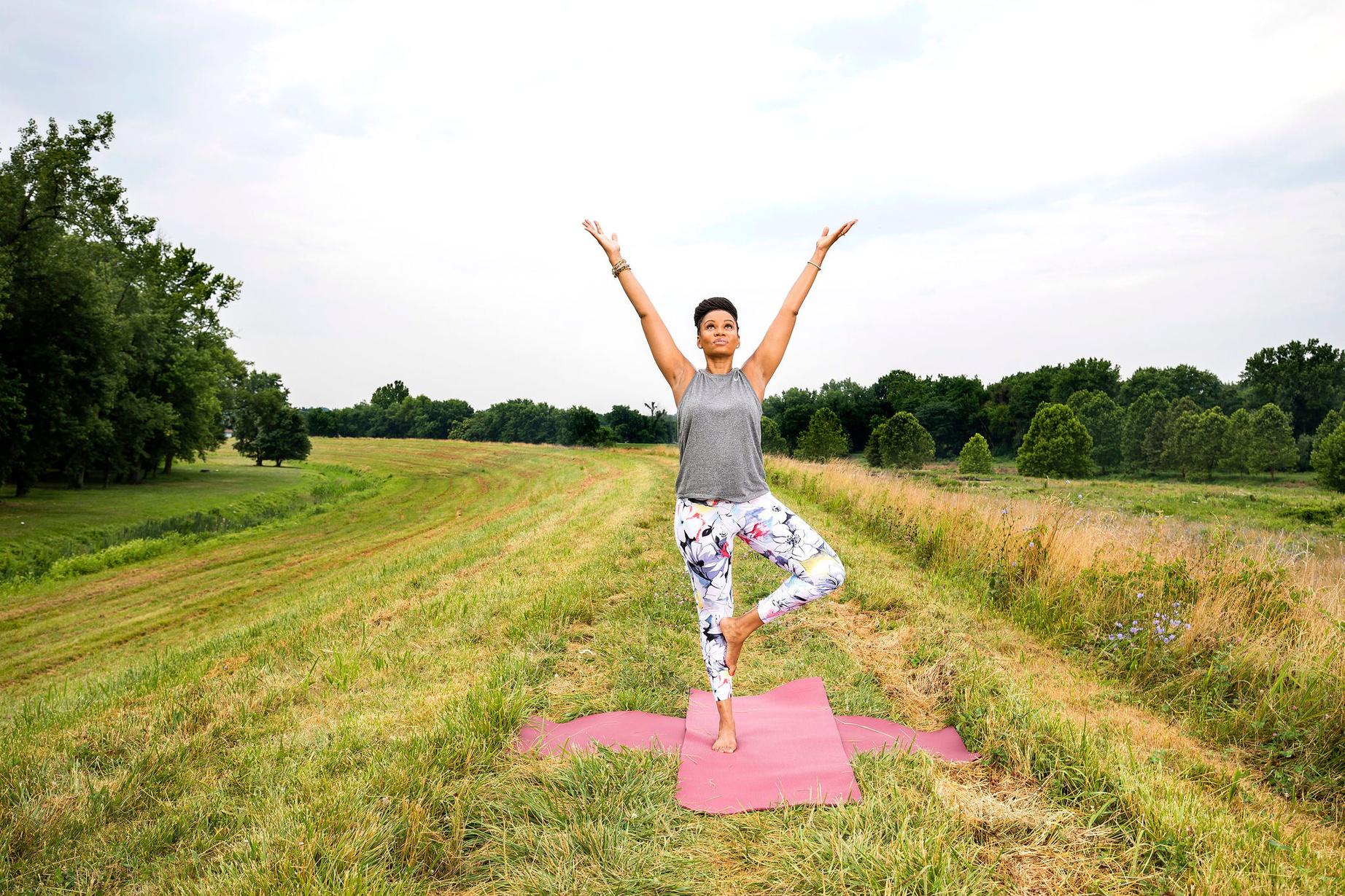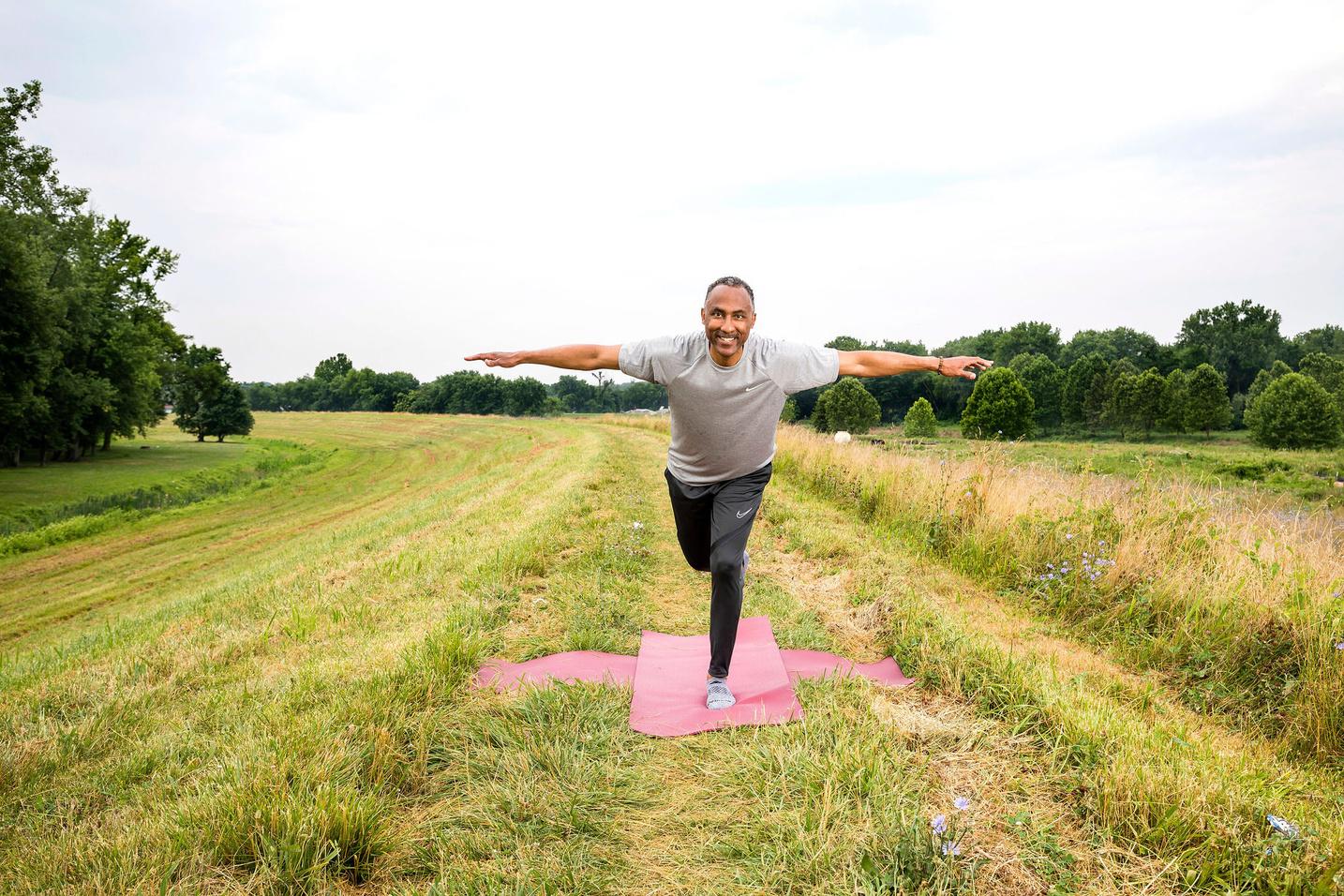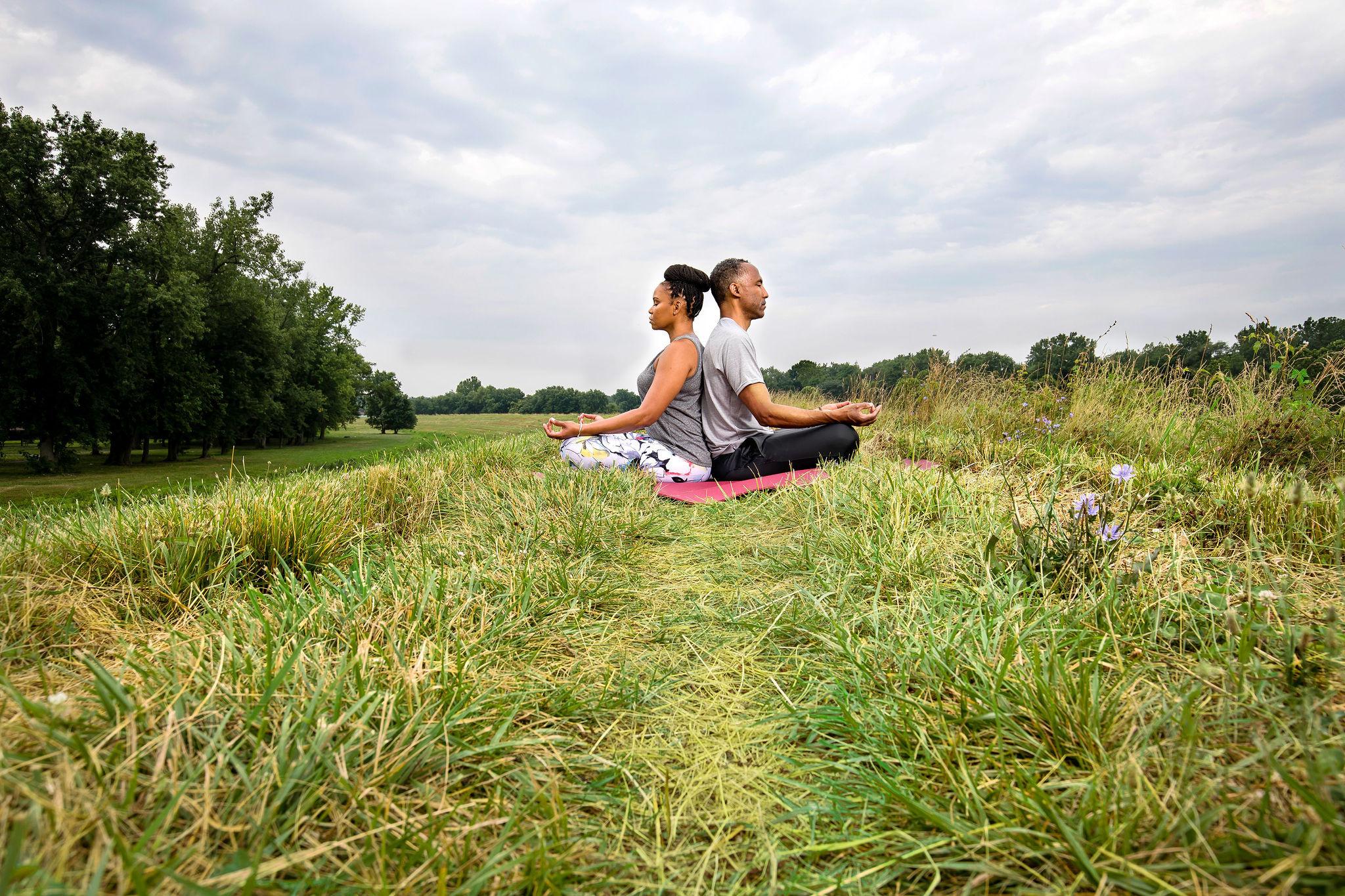
5 minute read
Business & Entrepreneurship
When Business Becomes Personable
By Karen McConnell-Jones
Advertisement
It is true that when most of us start our own business, we are coming from a place of purpose, being passionate, seeing the need for a particular service and/or the need to serve. When business is being approached from a more personal point of view, you allow your business to be more inviting, more endearing, and taking care of others first.
Statistics show that when a business is operating from a personable point of view, the business tends to have a better success rate. The business tends to build greater long-term clients and business relationships. Statistics also show that your target audience gets the best of your customer service and can relate to your business purpose even more. When you are personable it does tend to make you more relatable.
Meet husband and wife team Marc Curry and Angela Gore Curry, both are experts in the fitness and mental mindset of yoga. Yoga is one of many common ground spaces that permits the loving couple to work together. They both have been practicing yoga for many years before launching their yoga business, Arise Educational Services, LLC began in June of 2020.

Marc is an attorney and has been practicing law for nearly 30 years. He primarily practices litigation, working in a diverse range of practice areas, ranging from security clearance eligibility, to police misconduct, personal injury, and municipal services law.

Angela is an elementary school teacher and yoga instructor who specializes in working with at-risk youth. She entered this field because she passionately believes that education levels the playing field for everyone, and with a level playing field, all can succeed regardless of socio-economic background. “In starting Arise Educational Services, my line of work did not change. Rather it evolved. I have the same zeal for teaching that I did when I first began 25 years ago. As my career developed, I noticed how much a child’s academic accomplishments were dependent upon their physical and emotional well-being.
At or about this time, I had coincidentally begun practicing yoga. I was pleasantly surprised that not only was it helping me stay in shape; it was improving my emotional wellbeing. I then concluded that if it was this helpful to me, that yoga and its principals might help my students and I must add, there are many wonderful elementary school teachers, yoga instructors, and mindfulness instructors. However, there are not many Elementary school teachers who are qualified yoga or mindfulness instructors, and there are not many yoga or mindfulness instructors who are qualified to teach children. Because I am qualified in all of these fields, I recognized an opportunity, and decided to start a business that combines both teaching, yoga, and mindfulness.”

Marc chimed in by sharing that he has always been physically active, enjoying weightlifting, jogging, cycling, and hiking. However, in the late 2000s, he developed a heart problem. Initially, it could be controlled with medication. Nevertheless, it continued to worsen, prompting Marc to have two corrective surgeries. After the second surgery, his doctor suggested that he begin practicing yoga. “While recuperating, I read up on yoga and its practice in relation to my heart problem, and I was pleasantly surprised to discover that there was ample literature about the correlation of yoga practice and an improvement in the heart function for people who suffered from my malady. I then began practicing yoga and noticed immediate improvement. Now, yoga is a part of my daily routine. It is my way of living a healthier life and having a positive mindset which I enjoy working with my wife and having yoga to be our business platform.
They both were in agreement that yoga tones the body, improves flexibility, and helps with balance. Depending on the type of yoga flow that you can practice, it can build strength, increase stamina, and help with weight loss. The mindfulness aspect of yoga helps manage stress, improve mood, and improve focus. Of particular importance to children, it helps boost self-esteem, regulate behavior, and helps them empathize with others. Much of stress involves worrying about the negative future impact of today’s problems. Yoga and its corresponding mindfulness component trains us to focus on the present and not be preoccupied with the future. Absent of anxiety, we can confront our problems in a more rational, grounded manner.
Angela goes on to say,
“ we know our individual strengths and weaknesses, and are open to constructive criticism. Knowing what we individually are good at (and not so good at), without pride blurring the picture helps us delegate tasks, and meet evolving challenges more nimbly and effectively.” Yes, says Marc “I agree. As Angela’s business partner, I am her number one cheerleader. In addition to helping with mundane, day-to-day issues related to operating a business, I am a sounding board for program development and planning-related issues. Yet, more importantly, I am her biggest sounding board when she shares a proud moment of this particular day during a summer camp session when the light bulb went on for some of her more oppositional students when they went from openly expressing disdain for yoga, to leading the yoga flows. This is a great joy for us, when we can see the children’s transformation right before our eyes. ”

The Curry ’s have envisioned a society where all students have the same opportunity to pursue their dreams, regardless of economic background, and where all children are taught to respect themselves, one another, their community, and their environment. Their purpose is to continue using the principles of yoga and mindfulness to help achieve this vision.
Final thoughts from the Curry ’s,
“Our society is plagued by economic inequality and inequality of educational opportunity. Communities of color disproportionately suffer from these problems. Moreover, these problems manifest themselves in physical problems such as obesity, anxiety, and high blood pressure. Using yoga can help to still the mind, help with teaching, and yoga's physical benefits can help manage chronic health problems. Economic inequality and its negative repercussions are generational, and will not be solved in one generation. Moreover, yoga is not a cure-all for these problems. However, if we can help children classroom by classroom become more focused; if we can help make life just a little bit better for people with chronic illnesses and anxiety, then we will consider our practice a success.








